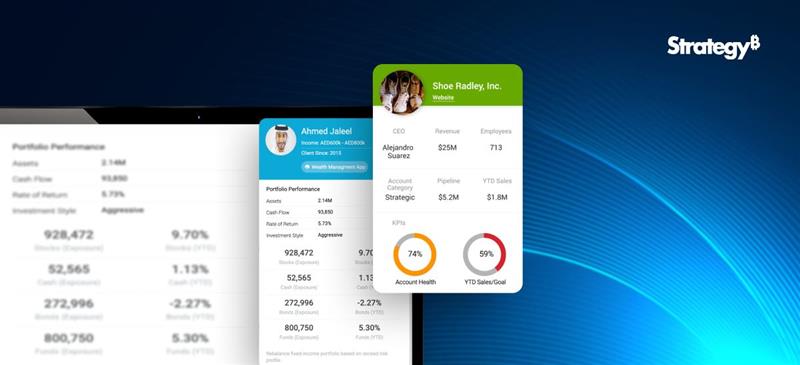What is an AI-based Dictionary Attack
Cyberattacks , known as “dictionary attacks”, attempt to crack passwords by using a list of terms from a dictionary. Every word in a dictionary is tested in a traditional dictionary attack until the correct password is discovered. However, using AI algorithms, attackers can now create custom dictionaries based on information about the victim, such as their name, birthdate, and social media activity. These algorithms can analyse large amounts of data and identify patterns to create more accurate and effective dictionaries. As a result, these attacks are becoming more sophisticated and challenging to defend against.
How Do AI-based Dictionary Attacks Operate
AI-based dictionary attacks are far more successful than conventional techniques because they use machine learning algorithms to recognise and forecast patterns in the data. These algorithms look for patterns and correlations in the data and build models that can predict passwords using methods like deep learning, neural networks, and natural language processing.
Attackers can compile customised dictionaries more likely to contain the victim’s password by gathering information about their targets from social media platforms and other internet sources. They also have access to reinforcement learning algorithms, which allow them to learn from their errors and gradually increase their success rate. As a result, these attacks may be pretty successful and challenging to identify.
How to Defend Against AI-based Dictionary Attacks
Employ Secure Passwords: One of the most excellent strategies to fend off dictionary attacks is to use secure passwords that are difficult to guess. Long passwords with a mix of capital and lowercase letters, digits, and special characters are recommended. An example is cited below:
Regular Password: Akh!l@5991
Secure Password: VS654a!4@s6d546
Implement Multi-Factor Authentication (MFA): By demanding users to enter two or more forms of identity when logging in, MFA adds an extra layer of security. This might require a user’s phone to receive a one-time passcode or a fingerprint scan.
Limit Login Attempts: Organisations can restrict how many times a user can try to log in before being locked out. This stops an attacker from trying numerous passwords and guessing the right one.
Monitor User Behaviour: By monitoring user behaviour, businesses can spot suspicious behaviour, such as recurrent login failures or odd login locations. Security personnel should be aware of a potential attack, enabling them to take precautions.
Implement AI-Based Security Measures: Businesses can also put their own AI-based security measures in place to fend off dictionary attacks. AI algorithms can spot and stop suspicious activities or look for trends in user behaviour to spot future attacks.
Summing Up
Dictionary attacks based on AI are growing more complex, making it harder to defend against them. Yet, organisations can significantly lower their chance of being a cyber-attack target by implementing the techniques mentioned above. To protect the security of the business, it is also crucial to keep aware and informed on the most recent cybersecurity trends and dangers.
Do you find it difficult to navigate this new realm? Do you find AI & Automation difficult to implement? How resilient is your AI & Automation power?
Beinex AI & Automation Services puts you at ease, literally. From NLP-NLG Chatbots to Syntax Migrators to Predictive Modelling to Web Scraping to Social Media Analytics, we offer a range of AI and Automation services that can streamline and automate many of your redundant workflows within a short turnaround time.




